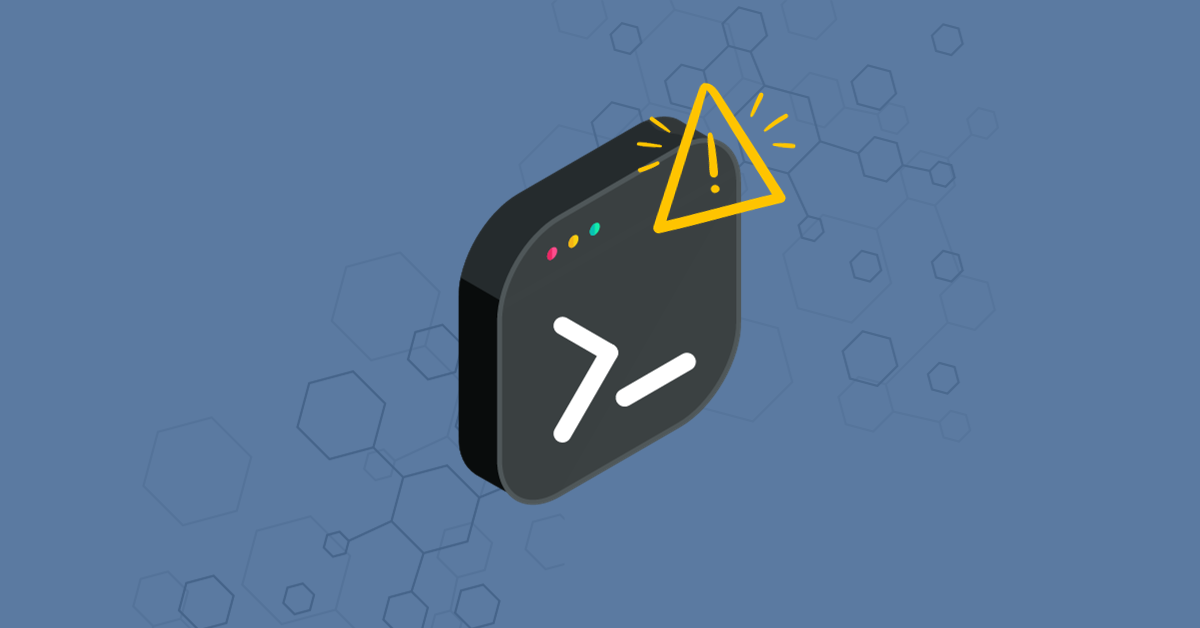
iOS is well-known for its robust security framework, but vulnerabilities in the operating system still exist. These are flaws or weaknesses in the iOS operating system that attackers can exploit to gain unauthorized access, leak sensitive data, or compromise device security.
iOS security vulnerabilities can lead to unauthorized access to personal information, financial data, and sensitive communications, compromising user privacy and data integrity. On the device security front, such vulnerabilities may allow attackers to take over devices, install malware, or render systems inoperable.
For example, hackers could post users’ photos online or disclose confidential client information or company financials. In a corporate environment, hackers could use a compromised iOS device as an entry point to the wider network, resulting in operational disruptions, data loss, and costly downtime.
In this article, you’ll discover five common iOS vulnerabilities, how users can protect themselves, and how developers can enhance iOS security.
Common iOS vulnerabilities span a range of issues. Some more common ones that have been relevant recently include remote code execution, privilege escalation, data breaches, application-specific weaknesses, and man-in-the-middle attacks. Let’s look at these one by one.
Remote code execution in iOS allows attackers to execute malicious code and seize control of devices remotely. An attacker can perform this type of attack without any interaction from the victim, potentially gaining unauthorized access to the system, stealing data, or exploiting the device’s resources for malicious activities.
Hackers perform remote code execution attacks by exploiting vulnerabilities in software or systems, such as unpatched security flaws, to run malicious code. Users can protect themselves by:
Privilege escalation vulnerabilities are security weaknesses that allow an attacker to gain elevated access to resources that a lower-level application or user shouldn’t be able to access. It lets the attacker perform unauthorized actions, such as accessing confidential data, changing configuration settings, or taking control of the operating system. The hacker wouldn’t be able to do this with lower-level permissions.
Users can protect themselves by actively updating their systems with the latest security patches and employing security tools that monitor for unauthorized attempts. Additionally, they can give each person or program the fewest permissions they need to get their work done.
Data leakage occurs when sensitive information is accidentally exposed or intentionally stolen from a system, potentially leading to unauthorized access and misuse of personal, financial, or business information. It can happen through various means, such as security breaches, software vulnerabilities, or during data transfer between different systems.
Hackers perform data leakage attacks by exploiting weak security systems, phishing, or installing spyware to siphon off sensitive information. Users can protect themselves by:
App vulnerabilities refer to weaknesses or flaws in a mobile application that cybercriminals can exploit to carry out malicious activities, such as stealing data, injecting malware, or disrupting app functionality. These vulnerabilities can stem from inadequate coding practices, failure to update software, or not properly securing data within the app.
Users can protect themselves from app vulnerabilities by:
Another common iOS security vulnerability is “man-in-the-middle” attacks. These occur when an attacker intercepts communication between two parties, typically over an unsecured Wi-Fi network, to eavesdrop or alter the transmitted data. They could lead to the interception of sensitive data like login credentials, credit card numbers, and personal information.
To protect against this type of attack, users should use secure and encrypted connections and virtual private networks.
The so-called Blastpass vulnerability Apple disclosed in September 2023 underscores the ongoing battle against iOS device security threats. It allowed attackers to exploit devices without user interaction, an alarming prospect for any iOS user.
Blastpass leveraged a zero-click exploit, meaning hackers could trigger it without user engagement, a method that is increasingly common among sophisticated cyber threats. Apple has responded with a security patch to mitigate this vulnerability, as detailed in their updates.
Statistics on zero-click exploits illustrate their rise — the first nine months of 2022 saw nine zero-click attacks, while the same period in 2023 saw 13. For users, the best defense against such exploits is to install Apple’s latest updates promptly.
In-house corporate developers face many challenges in ensuring the security of their organization’s iOS applications. The following best practices provide a brief roadmap for in-house developers aiming to fortify their organizations against potential iOS security vulnerabilities:
While iOS is known for its security, vulnerabilities persist, posing risks to data and device integrity. To combat these threats, users and developers must be vigilant, adopting best practices and investing in DevSecOps.
PreEmptive’s suite of products, including Dotfuscator, DashO, JSDefender — and now Defender for iOS — plays a crucial role in this defense strategy. By providing multiple layers of protection through obfuscation and active runtime checks, PreEmptive helps developers safeguard applications against hacking and tampering, ensuring the security of intellectual property, sensitive data, and revenue.